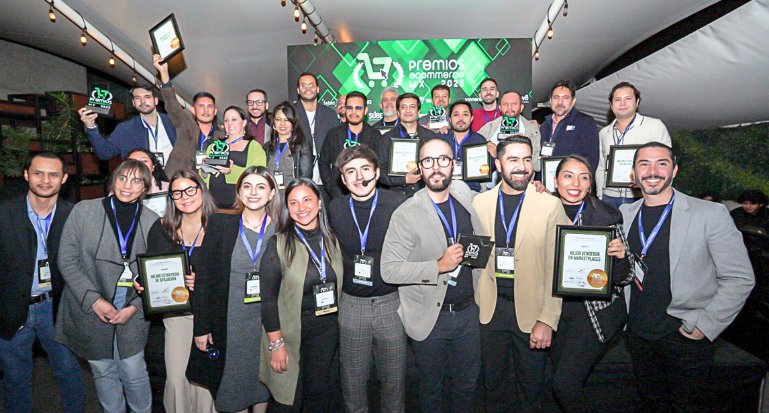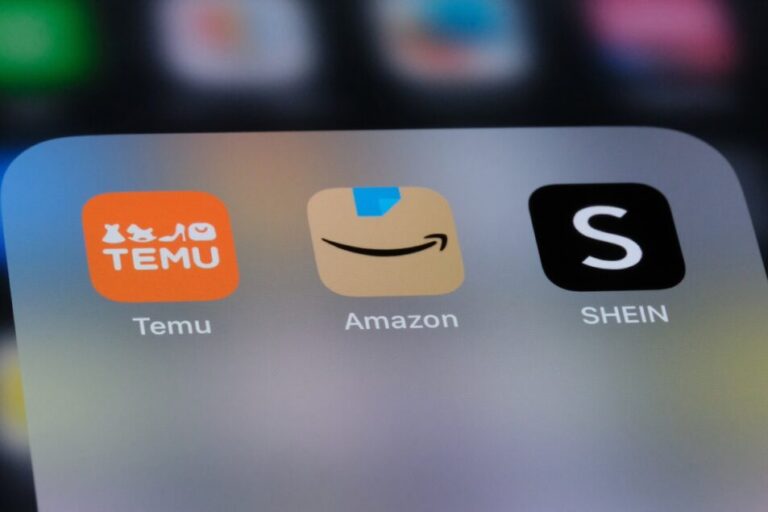
The Future of Education in Mexico: The Era of EdTech
Introduction:
Education has always been considered a fundamental pillar of any country’s development. In recent years, technological advancements have revolutionized various industries, and the field of education is no exception. Mexico, a country known for its rich cultural heritage and vibrant economy, is now embracing the concept of EdTech (Education Technology) to shape the future of education. This article delves into the exciting era of EdTech in Mexico and explores its potential to transform the educational landscape.
Hook:
Imagine a classroom where students are actively engaged, collaborating with peers from different parts of the world, exploring virtual reality simulations, and learning at their own pace. This is not the distant future; it is the present reality unfolding in Mexico as the country embarks on a journey towards revolutionizing education through EdTech.
The Rise of EdTech in Mexico:
Over the past decade, Mexico has witnessed a significant rise in the integration of technology in classrooms. The Government of Mexico has recognized the importance of utilizing technology to enhance educational outcomes and has undertaken various initiatives to promote EdTech in schools. One such initiative is the «Connectivity in Education» program that aims to provide internet access to all public schools in the country. With this increased connectivity, the possibilities for incorporating EdTech into the curriculum have expanded exponentially.
Benefits of EdTech in Education:
1. Personalized Learning: EdTech allows for personalized learning experiences tailored to each student’s strengths, weaknesses, and learning preferences. Adaptive learning platforms leverage artificial intelligence to modify content and exercises based on student performance, thereby maximizing learning outcomes.
2. Access to Quality Education: The integration of EdTech in classrooms reduces the disparities in access to education. With digital learning resources, students from remote areas can have access to the same quality education as their urban counterparts, eliminating geographical barriers.
3. Collaboration and Global Connection: EdTech facilitates collaboration among students and teachers globally. Through online platforms, students can connect with peers from different parts of the world, engage in cross-cultural dialogue, and share knowledge and experiences.
4. Interactive and Engaging Learning: EdTech makes education fun and interactive. Virtual reality (VR) and augmented reality (AR) technologies can create immersive learning experiences, bringing abstract concepts to life and enhancing student engagement.
Challenges and Solutions:
While the potential of EdTech in Mexico is immense, it is not without challenges. Some of the key challenges include the digital divide, lack of teacher training, and limited internet access in certain areas. To overcome these hurdles, the Government of Mexico, along with educational institutions, is working towards bridging the digital divide by providing devices and connectivity to underserved areas. Additionally, teacher training programs are being implemented to equip educators with the necessary skills to integrate EdTech effectively into their teaching practices.
FAQs:
1. Is EdTech only beneficial for urban areas in Mexico?
No, EdTech is designed to bridge the educational divide between urban and rural areas. With increased internet connectivity and digital resources, students from remote areas can have access to the same quality education as students in urban areas.
2. Will EdTech replace traditional classroom teaching?
EdTech is not meant to replace traditional teaching methods; instead, it complements them. The integration of technology in classrooms enhances teaching and learning processes, making them more effective and engaging.
3. Is EdTech expensive?
While certain EdTech solutions may require initial investments, the long-term benefits outweigh the costs. Additionally, there are open-source and affordable options available, ensuring access to technology for all educational institutions.
4. How can parents be involved in EdTech?
Parents can play a crucial role in supporting their children’s learning through EdTech. They can familiarize themselves with the digital platforms being used, communicate with teachers regarding their child’s progress, and encourage the use of technology for educational purposes at home.
Conclusion:
The era of EdTech in Mexico holds tremendous promise for the future of education. The integration of technology in classrooms transforms the traditional education system, making it more engaging, accessible, and personalized. By leveraging the power of EdTech, Mexico is moving towards providing an equitable education to all its students, empowering them to thrive in a rapidly evolving digital world. As we embrace this exciting era, it is essential for stakeholders, including government, educators, and parents, to collaborate and harness the potential of EdTech for a brighter future for the students of Mexico.



















